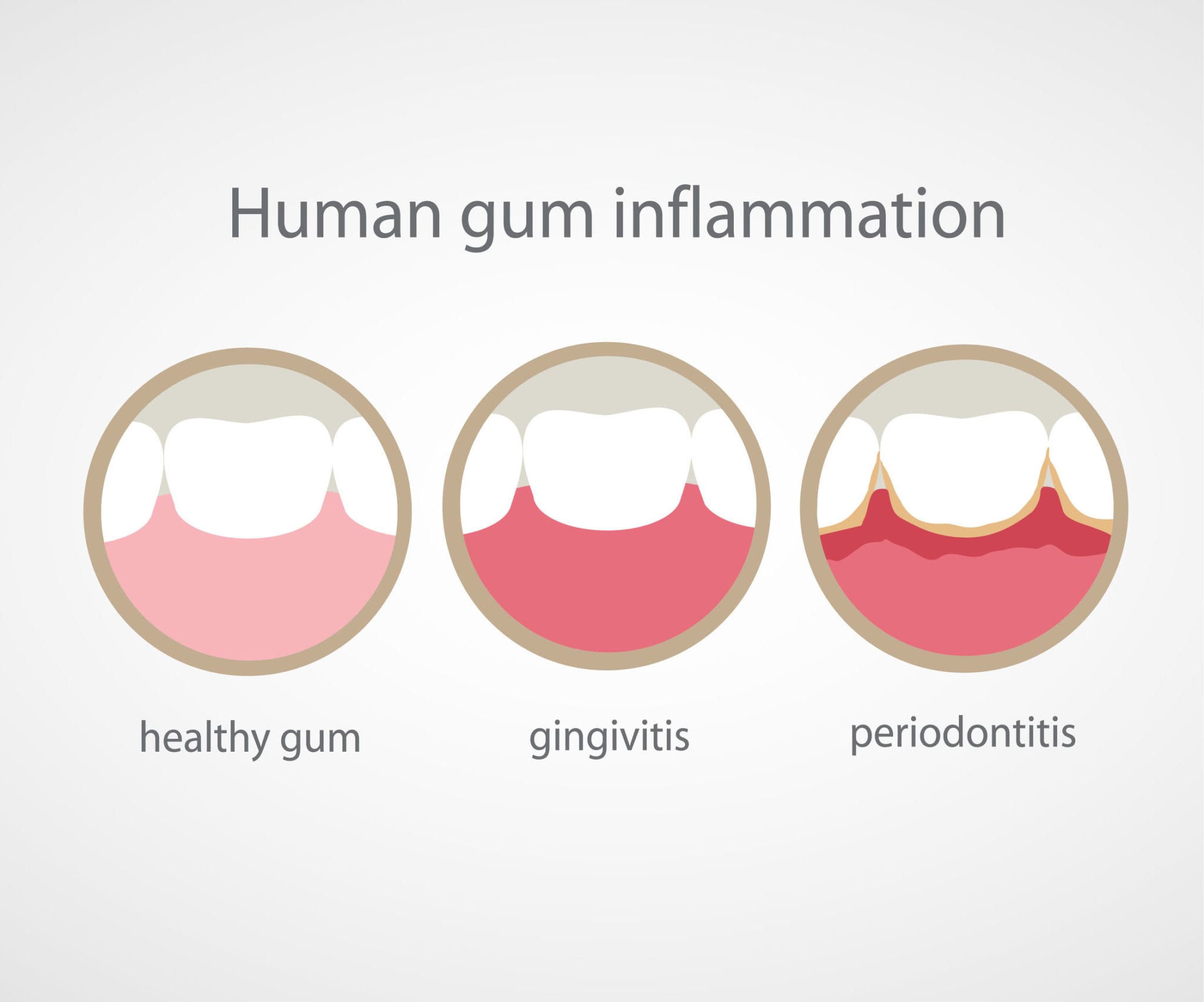
It’s a familiar scene for most people. You’re sitting in the dental chair and the dentist is examining your teeth. Maybe you’re watching the TV many offices have installed above the chairs in recent years. Or thinking about your grocery list. Or simply daydreaming.
Then the dentist starts calling out numbers while looking in your mouth. What’s going on here?
Why Dentists Use Tooth Numbers
Dentists use numbers for two reasons: to identify teeth… and to identify problems. This key explains which tooth is associated with each number, starting from the center:
1=Central incisor
2=Lateral incisor
3=Canine
4=First premolar
5=Second premolar
6=First molar
7=Second molar
8=Third molar or wisdom tooth
Your dentist may call out these numbers at the start of your visit as he or she inspects your teeth and enlists the dental assistant’s help in charting your results.
The second reason your dentist calls out numbers is to rank your teeth on the periodontal chart.
What does that mean? Your periodontal health is rated on a scale from one to six. Basically, one means good health, whereas six means poor health.
In short, the dentist is telling the numbers to the dental assistant so that they can keep track of how healthy your teeth and gums are and which ones currently need or may soon require work.
How Tooth Numbers Help a Dentist Measure Your Periodontal Health
To test your periodontal health, your dentist will gently poke your gums and teeth while taking measurements. The instrument the dentist uses takes measurements in millimeters. The measurements detect any gum loss you may be experiencing. If your number is four or higher, you may have significant oral health issues that need to be addressed.
The number increases when gums are inflamed, when bone loss is beginning, if you have a crack in your tooth, or if you are experiencing periodontal disease.
All these conditions can lead to inflammation of the gums called gingivitis. Inflamed gums may pull away from the tooth. This gap allows built-up plaque, called tartar, to develop under the surface. Infections in the tooth’s root can result in tooth or bone loss.
The good news is that regular brushing and flossing can strengthen gums and prevent plaque buildup. Eating more fruits and vegetables and cutting back on sugar and carbohydrates will also lower the risk of plaque buildup. Gingivitis can be treated and even reversed through these measures along with regular dental checkups.

If gingivitis is allowed to advance, periodontitis can develop. Periodontitis means “inflammation around the tooth.” The gums form pockets as they pull away from teeth, and infection occurs. The bone and connective tissues begin to deteriorate, which can lead to tooth loss.
Periodontal disease is a major problem for many people – some of whom may not even be aware they have it. Regular dental checkups can identify the problem and treat it before it causes tooth loss.
Causes and Signs of Periodontal Disease
The causes of periodontal disease include the following:
- Genetic predisposition – can make oral inflammation more likely
- Poor nutrition – can lead to plaque buildup
- Lack of proper oral hygiene – may cause tartar to form
- Tobacco use – can cause the disease and prevent treatments from taking effect
- Diabetes – can lead to mouth infections
- Treatments for serious illnesses like cancer or AIDS – can cause dry mouth, which can lead to tooth loss
- Excessive, prolonged stress – can cause inflammation throughout the body, including the gums
- Hormonal shifts in females – can cause extra gum sensitivity, which may contribute to gingivitis
- Certain medications – decrease saliva production, which can lead to infections (For example, antihistamines may dry your mouth too much. Antibiotics can also throw off the natural balance of healthy bacteria in your mouth, which can lead to infection.)
- Being overweight may also increase your risks – Research is showing that overweight women who are infected with certain bacteria may experience more oral bone loss than women of normal weight
Most people don’t develop gum disease until middle age. Women are less likely to have gum disease than men. People of any age who do not get regular dental care can experience enough tartar buildup to cause gingivitis or periodontal disease.
The best way to know if you have gum disease is to see your dentist. You may also notice these warning signs at home:
- Bright pink, swollen, or bleeding gums
- Constant bad breath that isn’t helped with mouthwash
- Chewing is uncomfortable
- Sensitivity to hot and cold foods
- Permanent teeth are loose
- Gums are pulling away from teeth
What You Can Do about Symptoms of Periodontal Disease
If you notice any of these signs, it’s important to make an appointment to see your dentist right away. Your dentist may recommend procedures like these to correct your problems:

- Reconstructive surgery for bone loss
- Reconstructive gum surgery
- Dental implants
- Bridge placement
- Root canal
Your dentist may also prescribe special antiseptic and antibiotic treatments to boost your gum health.
So now you know what your dentist means when those numbers are spoken. With good habits, you can make sure that your numbers stay under four for years to come.






